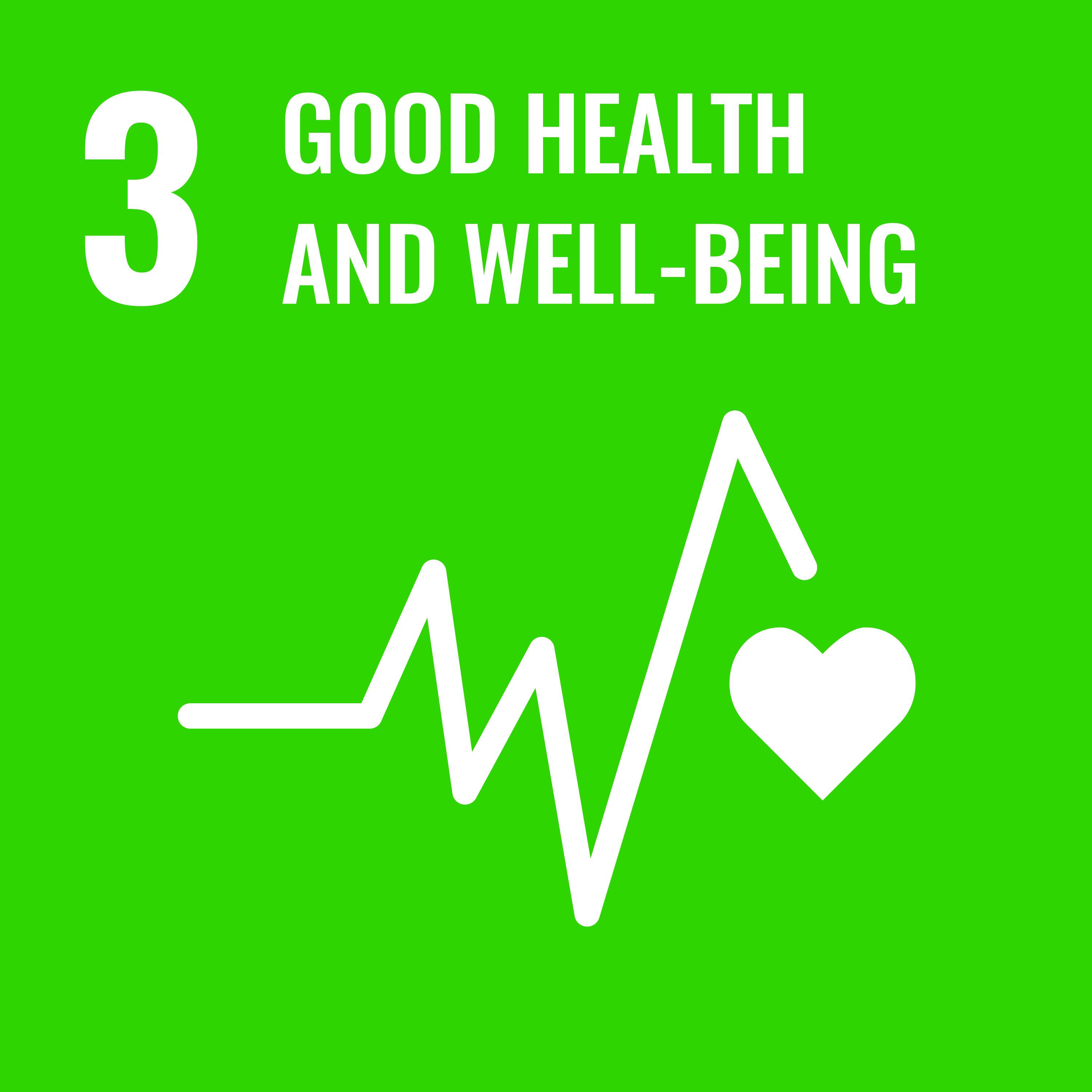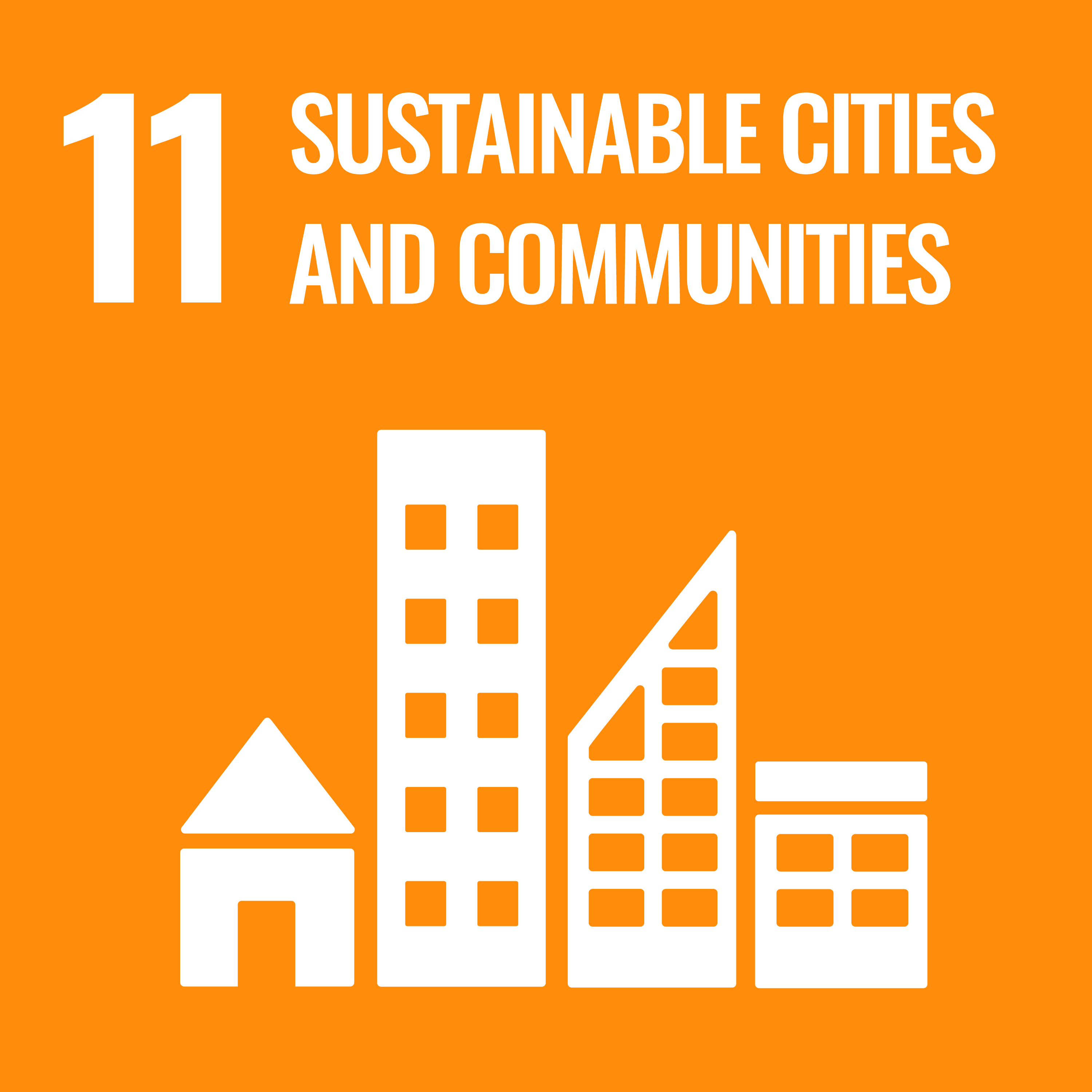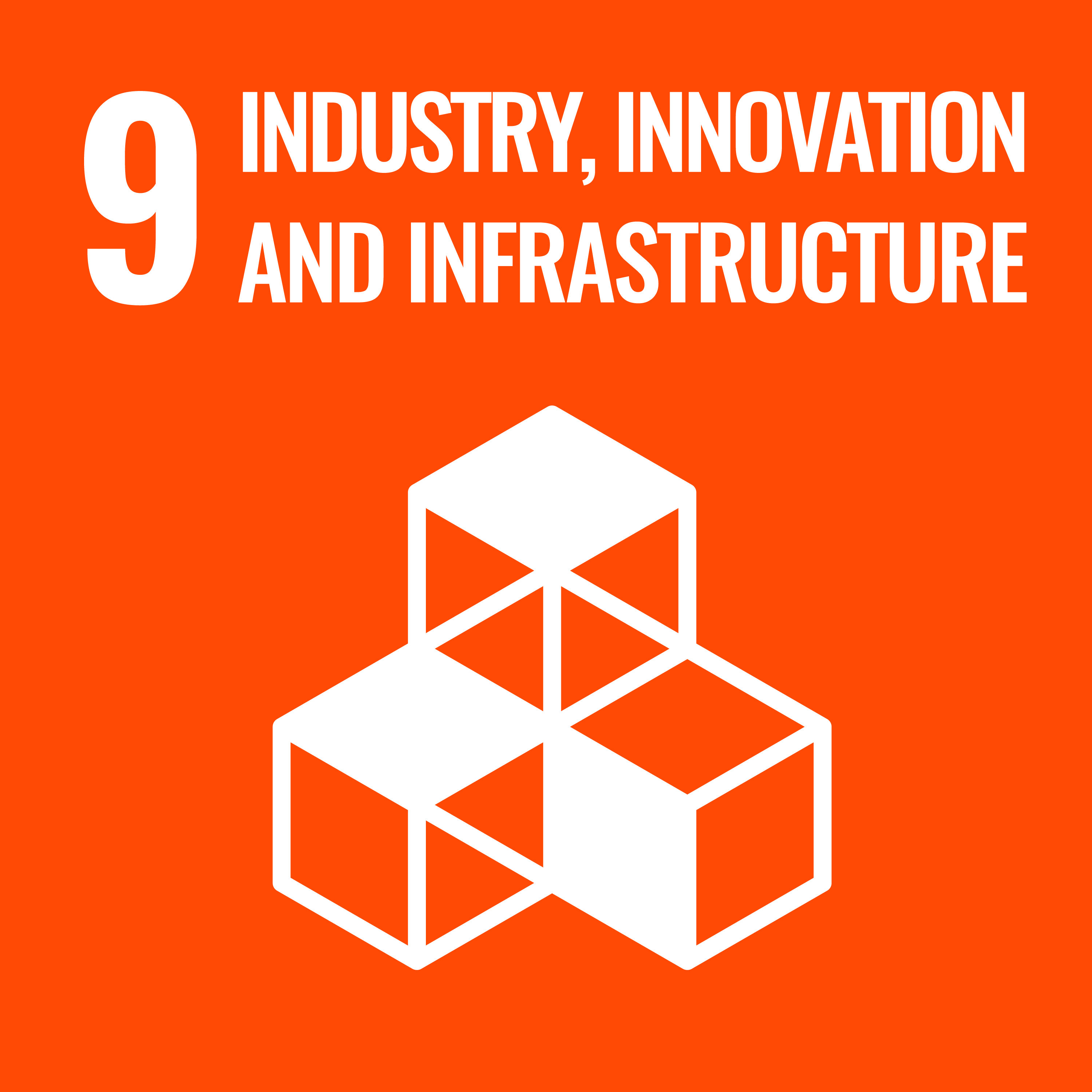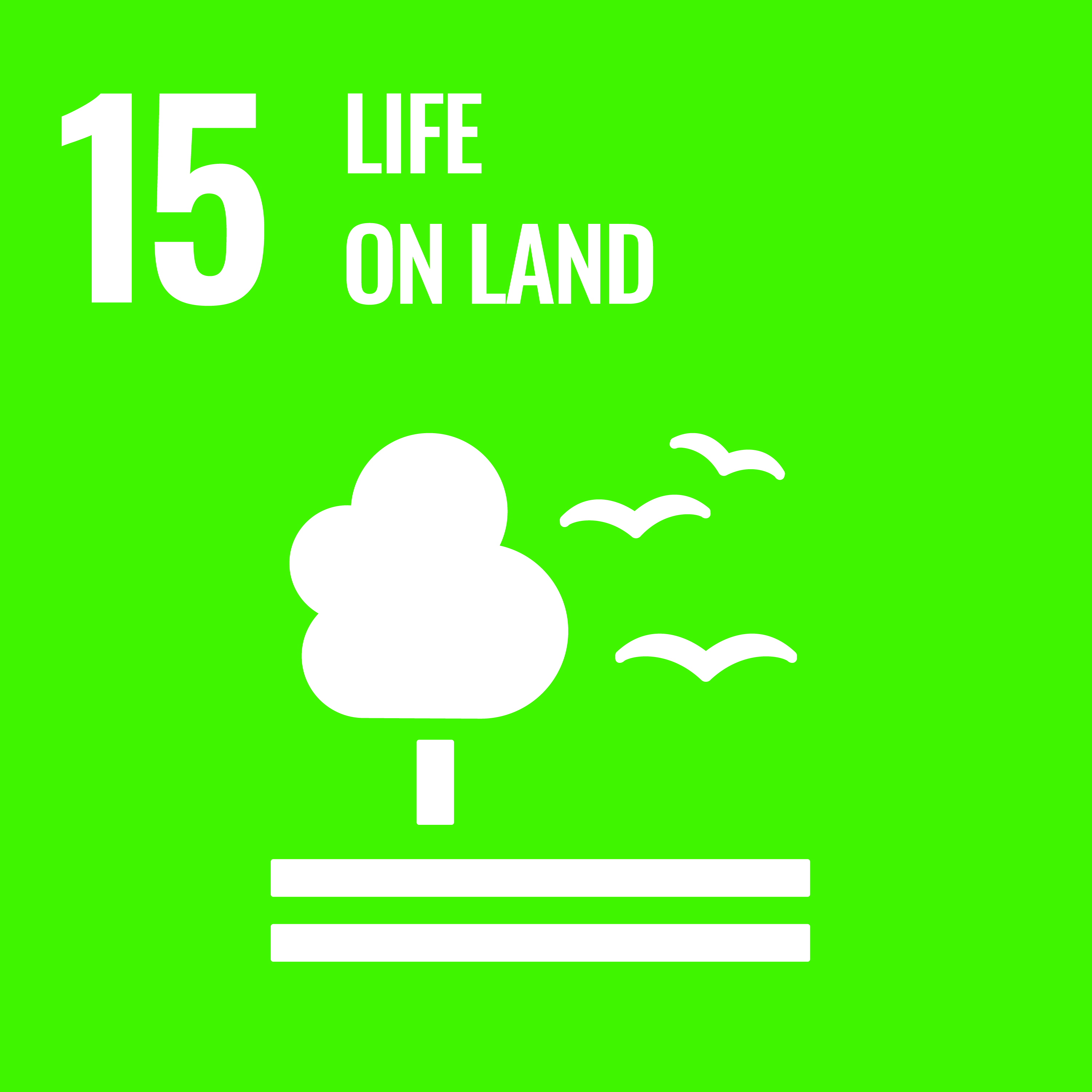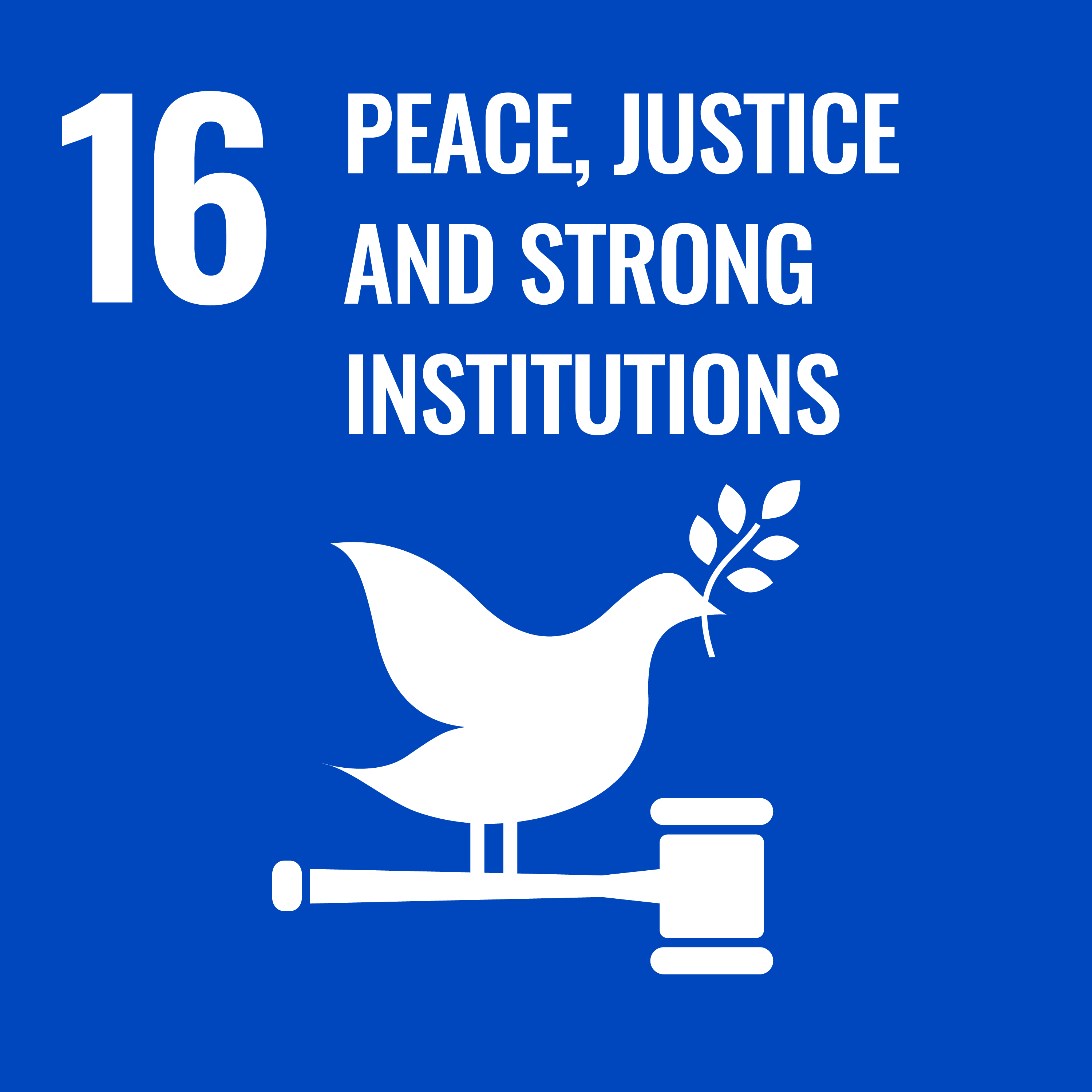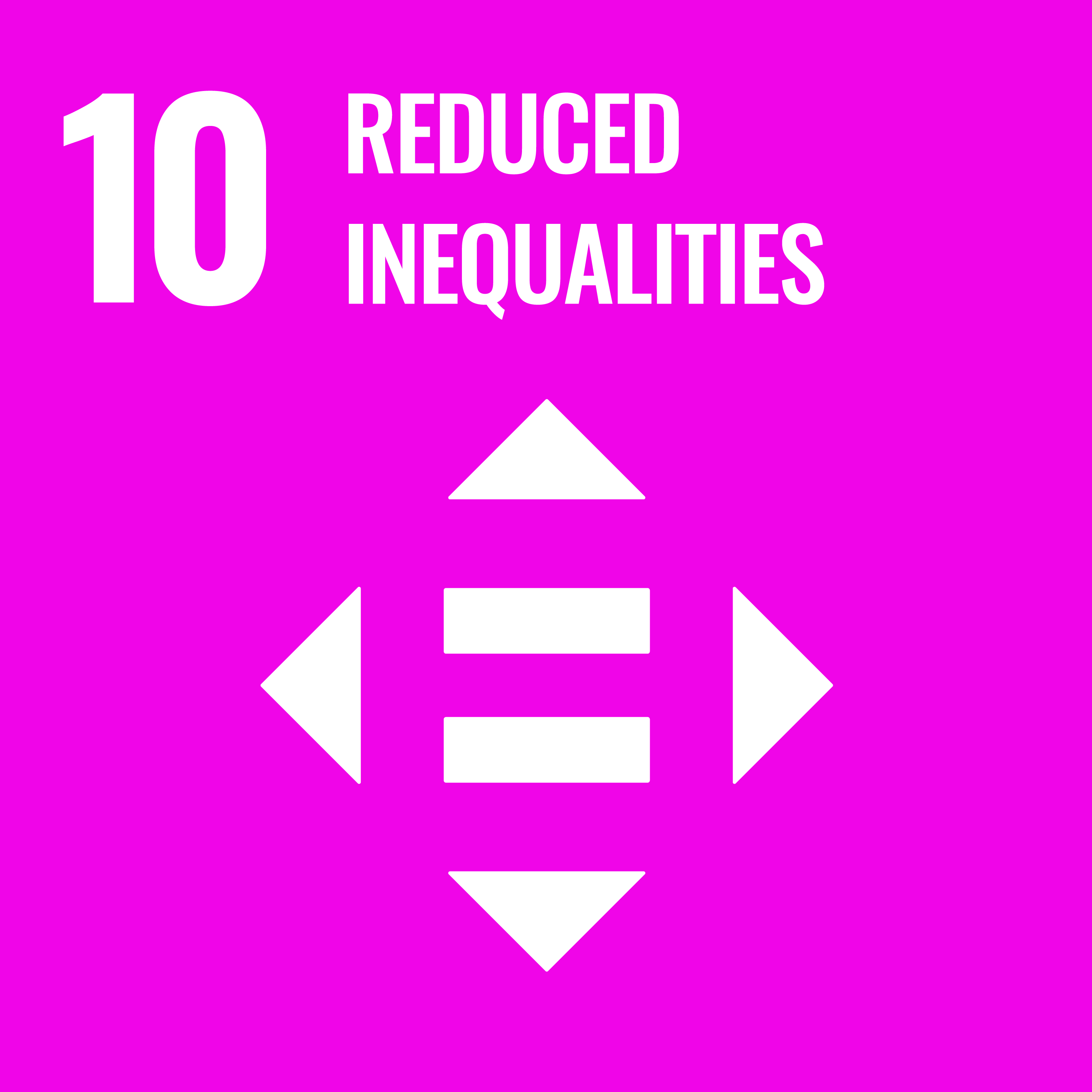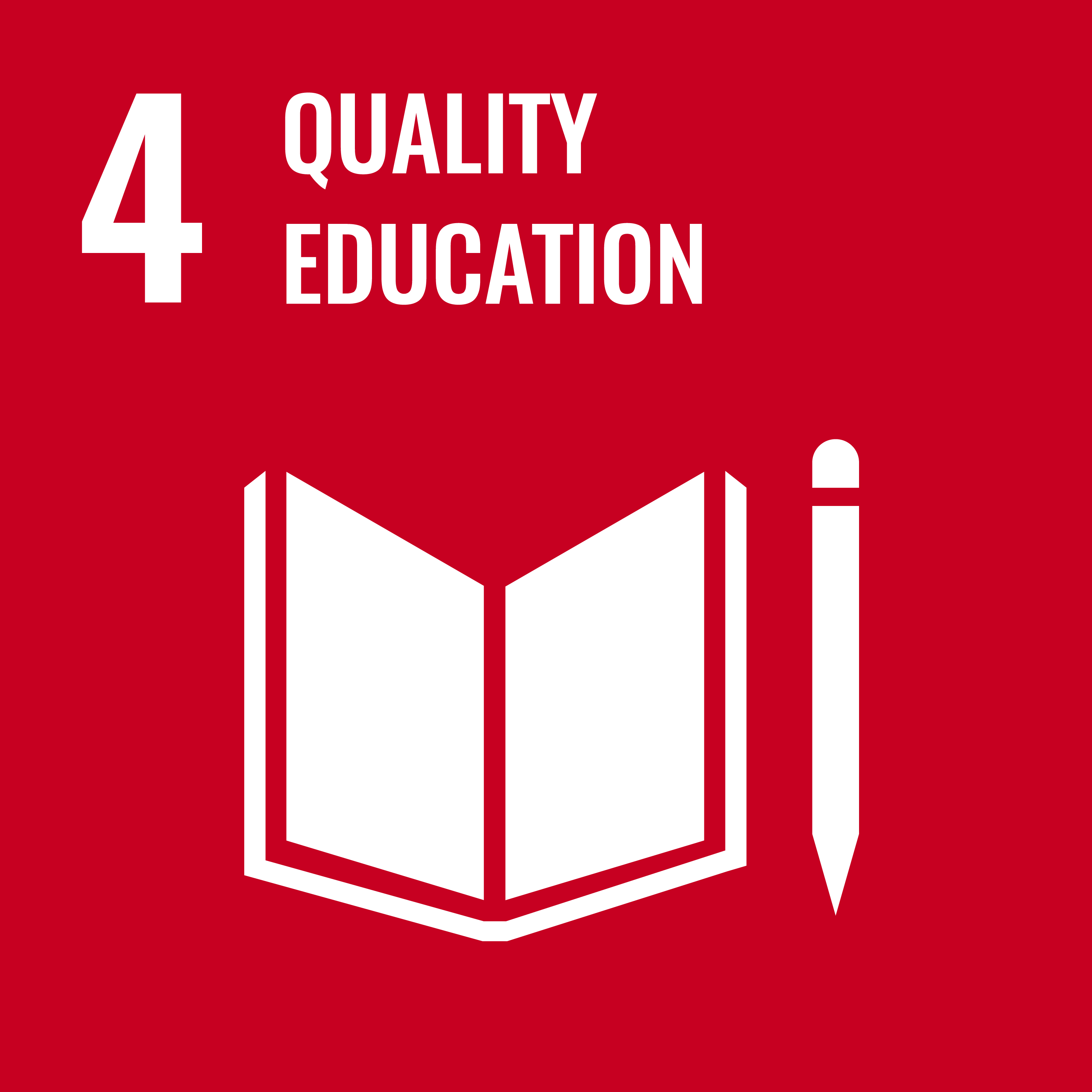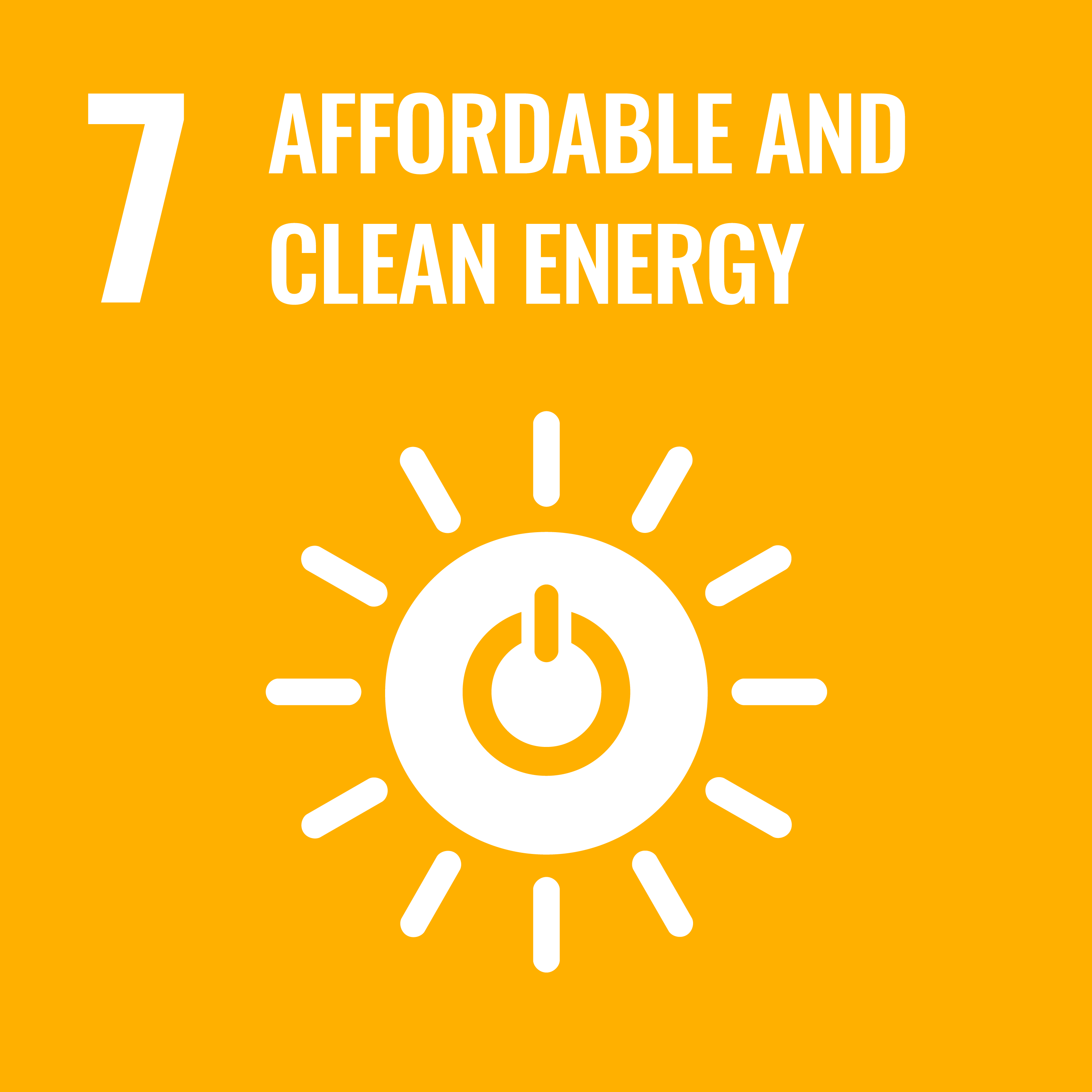Our Sustainability Policy identifies principles founded on creating lasting benefits for the community across the triple bottom line and is aligned with Keeping WA Moving.
We ensure the relevance of our approach to sustainability throughout our business and our relationships as reflected in our disclosures identified by a biennial desktop materiality review and stakeholder prioritisation workshops.
To determine our most material sustainability topics, the review draws from our corporate and legislative commitments, key risks, corporate stakeholder engagement processes, media and Ministerial topics and our peers' reporting practices.
Material Aspects for Sustainability 2022
Value Chain
Our value chain demonstrates the primary activities in our business model and indicates where our most significant economic, environmental or social impact or value occurs.
This model includes an additional dimension showing the interactions as we transition from activities within our organisation, through to recognising the importance of the relationships we have with our suppliers, stakeholders and the community and ultimately the customer-impact or value-creation outcome.
Addressing our Material Issues
Our approach to addressing our top material issues and alignment with Sustainable Development Goals (SDG) is shown in the table. More information on how these topics relate to Global Reporting Initiative (GRI) indicators including the GRI Content Index and the SDGs can be found in the online version of this report.
| Material Issues | Key Impacts | Key Resources Affected | Impacts in our Value Chain | Sustainable Development Goals alignment |
|---|---|---|---|---|
| Road Safety | The state's road deaths remain above the national average at 5.8 deaths per 100,000 population p.a. We believe no one should die or be seriously injured on the state's road network, and we will seek to minimise the likelihood of road trauma aligned with the State Road Safety Strategy 2020-2030. |
Road Network User
|
||
| Congestion and Freight Productivity | We seek to reduce congestion and enhance freight efficiency through the direct actions we take to build and operate our network including procedures we put in place for traffic management during events or all road works. Reducing congestion mitigates impacts including carbon emissions and air pollutants; increased psychological impacts on people and reduced productivity. |
Road Network User
|
||
| Workforce Safety and Health | Our workforce interacts with the road environment, moving traffic and heavy machinery to deliver our services. The consequence of incidents where safety is compromised can be significant. We seek to ensure the safety of our direct and indirect workforce. |
Asset Maintenance
Asset Upgrades/Construction
|
||
| Biodiversity | Our infrastructure can directly impact our unique flora and fauna. Any new works leads to a permanent change of land use. On every project we seek to mitigate the impacts of our activities on biodiversity to avoid habitat loss, land degradation, loss of species and the impacts of climate change. |
Asset Upgrades/Construction
|
||
| Good Public Policy | We rely on resources and know-how to ensure we have clear, transparent and strong governance approaches that prevent undue influence in the administration of our role and ensure swift, efficient and effective implementation of government policies and strategies. |
Strategic Asset Management
|
||
| Regional Presence and Development | In some circumstances, our operations support economic development in regional communities and they rely on our infrastructure to access essential services. Maintaining and enhancing the safety and efficiency of regional roads is a key focus area for us. We recognise the impact we can have on regional towns and their population. Such communities often have high Aboriginal populations and difficulty accessing community services. |
Network Asset Operations
|
||
| Aboriginal Heritage and Native Title | We acknowledge the traditional custodians and aim to protect Aboriginal cultural values while acknowledging our projects may interface with or disturb culturally sensitive areas. We are committed to making a change in our industry and progressing reconciliation. |
Network Asset Operations
|
||
| Procurement Practices | We rely on our supply chain to deliver resources critical to our overall success. We engage with many suppliers with varying characteristics. We are aware that we can impact the cash flow and solvency of businesses. We also leverage our relationship with our suppliers to deliver priority government policy which includes training, Aboriginal engagement and supporting local business. |
Asset Maintenance
Asset Upgrades/Construction
|
||
| Local Communities | Our works and operations can impact on communities. Our investments can alter the socioeconomic profile by altering traffic flows and local air quality, and impacting community severance. Acquisition of property, construction noise, and business-continuity impacts are examples of issues carefully managed by our projects that can impact on our role as good neighbours. |
Asset Maintenance
Asset Upgrades/Construction
|
||
| Job Creation | We directly employ 1,221 people, who are spread throughout our metropolitan and regional offices. Of this figure, 31 per cent are female, and 69 per cent are male. Aboriginal employees make up two percent of our workforce. We provide an estimated additional 23,100 direct and indirect jobs through our construction expenditure. |
Asset Upgrades/Construction
|
||
| Anti-corruption | We assess all our business units to identify any fraud and corruption risks. All employees are presented information on anti-corruption, policies and procedures. Our organisational spend, extensive program of activities, number of suppliers and large asset base, could increase corruption risks without appropriate mitigation. |
Strategic Asset Management
|
||
| Road Building Materials | Road construction utilises both naturally occurring and manufactured materials and generates construction and demolition waste. We seek to minimise lifecycle impacts and to be consistent with circular economy principles to reduce direct and indirect impacts from material use. This includes reducing the use of non-renewable materials like bitumen and enhancing our use of recycled materials. We also aim to reduce our embodied and transport energy generation, and the release of volatile organic compounds. |
Asset Upgrades/Construction
|
||
| Value for Money | We must make effective use of the funding we receive to deliver our services to the community in the most efficient way possible. The road network and construction industry have flowon effects particularly in creating jobs and strengthening the postpandemic economy. |
Strategic Asset Management
|
||
| Climate Change, Energy and Emissions | Our road network is exposed to the impacts of climate hazards including bushfires, flooding and storm events. Parts of the network are also at risk of sealevel rise. Developing, operating and using a road network consumes energy and generates emissions. The predominant impacts from energy and emissions fall outside our direct control; that is, impacts arising from use of the network itself. We estimate that the road network generates carbon emissions at a rate of 288.7 t CO2-e per million vehicle kilometres travelled (MVKT). 2021-22, MVKT was 27,512 and emissions were approximately 9.1 mt CO2-e from use of the WA road network. |
Road Network Use
Network Asset Operations
|
||
| Diversity and Equal Opportunity | According to the Workplace Gender Equality Agency data explorer, in 2021 the Heavy and Civil Engineering Construction Industry employed more than 62,159 people nationally, of which 14.9 per cent were female. There is a 22.5 per cent total remuneration gender pay gap for full-time employees. Through our projects and maintenance activities, we work to incorporate diversity and equality targets. Our projects set targets to include a diverse group of people, and we carry this through to supply chains to engage companies with diverse foundations where possible. |
Strategic Asset Management
|
||
| Open and Transparent Communication | Timely, accurate and effective communications are imperative to our operations. If not done well, this impacts the reputation of and confidence in our agency. When delivered well, it eases the impact of potential socio-economic changes on communities from our infrastructure investment. |
Asset Upgrades/Construction
|
||
| Compliance with Environmental Legislation | Some of our activities are subject to environmental legislation. We may face penalties, reputational damage or loss of stakeholder and community confidence if we do not comply with our obligations. |
Asset Maintenance
Asset Upgrades/Construction
|



